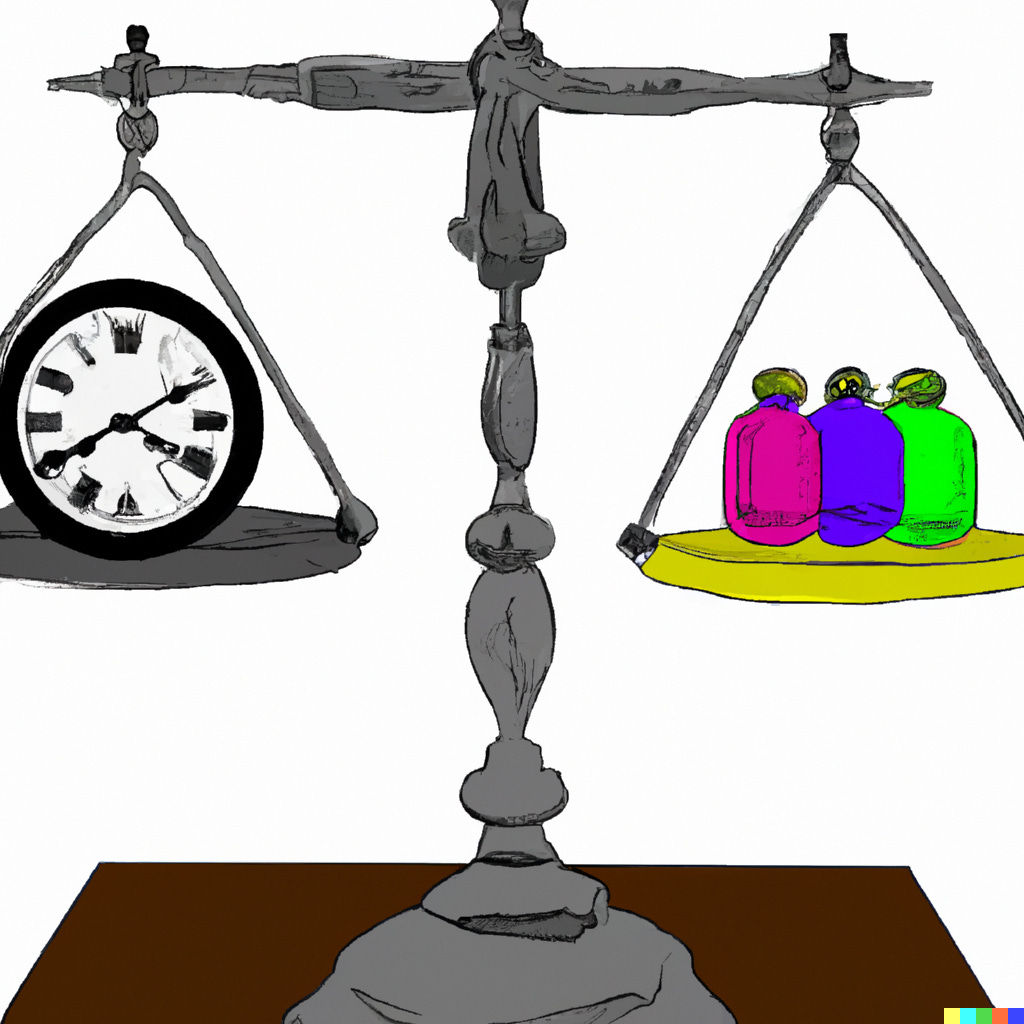The Race Pendulum
Navigating America's Shifting Conversations
In today's ideologically charged landscape, the racial divide remains a complex and contentious issue. This article aims to navigate the intricate maze of perspectives, focusing on the polarizing subjects that often shut down dialogue. It introduces a novel framework that treats Color Blindness and Racial Consciousness as opposing poles of a single polarity, thereby offering a nuanced lens through which to view this critical issue.
The Political Landscape
The political left and right may seem worlds apart when discussing racial issues. The left emphasizes systemic racism and advocates for structures to be modified, or at least examined for implicit bias. The right, however, focuses more on individual acts of racism and promotes personal responsibility. They fear that identifying race as a bigger factor than it actually is can promote a victim mentality that can hinder individuals' ability to reach their full potential.
Historical Context of Polarities: Color Blindness and Racial Consciousness
From the late 1960s to the early 1990s, the concept of color blindness dominated the American racial landscape. This approach was a necessary countermeasure to an era marked by overt forms of discrimination like Jim Crow laws and redlining. By focusing on individual merit, color blindness aimed to dismantle these blatant systemic barriers. However, as overt racism became less prevalent, the limitations of a color-blind approach became evident. While effective against explicit discrimination, color blindness often rendered society blind to more subtle, yet deeply ingrained, forms of systemic racism. Fast forward to the late 1990s, and the pendulum swung towards racial consciousness, which emphasized the acknowledgment of these subtler systemic issues while also focusing on diversity and inclusion. Yet, it also has its pitfalls, such as the potential for division and identity politics, and the risk of alienating white working-class individuals.
The oscillation between these two poles—color blindness and racial consciousness—reveals a complex dynamic. Society often reaps the benefits of one approach until its limitations become glaringly apparent. For example, the focus on color blindness was effective in addressing overt systemic barriers, creating a more equitable society on that front. However, it fell short in recognizing more subtle, yet deeply ingrained, forms of systemic racism. This limitation led to a societal shift towards racial consciousness, especially following incidents that highlighted these subtler forms of racial injustice.
Wisdom from Both Sides
The notion of "wisdom from both sides" suggests that each ideological camp—left and right—has unique and valuable insights to offer in addressing the racial divide. For example, the left's focus on systemic issues has led to diversity training programs that have increased awareness and reduced implicit biases. However, these programs can sometimes inadvertently perpetuate stereotypes or create division among employees. On the other hand, the right's emphasis on individual responsibility has led to self-reliance programs and entrepreneurial initiatives aimed at empowering individuals to overcome systemic barriers. While these programs have shown promise in fostering economic independence, they can sometimes overlook the systemic issues that make self-reliance difficult for some. Understanding these potential unintended consequences is crucial for crafting more effective and balanced solutions.
Where Are We Now and Where Are We Going?
As we find ourselves in an era dominated by racial consciousness, it's worth pondering where we stand on this polarity and what the future holds. For instance, the rise in segregated spaces on college campuses is a manifestation of an extreme tilt towards racial consciousness. Similarly, the prevalence of "cancel culture" represents a rigidity in defending one side of the polarity to the point of being unwilling or unable to consider alternative perspectives. Both trends underscore the risks of leaning too heavily on one end of the polarity, as they can create new forms of division and inequality.
Understanding this historical oscillation between color blindness and racial consciousness is crucial. It helps us recognize the cyclical nature of these polarities and be vigilant about the downsides that come with an excessive focus on one pole. Therefore, a balanced approach informed by history is essential for navigating the complexities of racial issues effectively.
Navigating the racial divide is not a simple task. It requires work from people on both sides who are willing to focus on finding solutions rather than being correct. The first step to having this kind of dialogue is to develop trust between the two sides. Could the answer to this initial hurdle lie in adopting a balanced approach that recognizes the value and limitations of both poles of this polarity?
Thank you for reading this edition of Polarities Perspectives. If you found this topic stimulating, consider sharing it with others who might also benefit from exploring these complexities.



A very interesting and insightful read!!